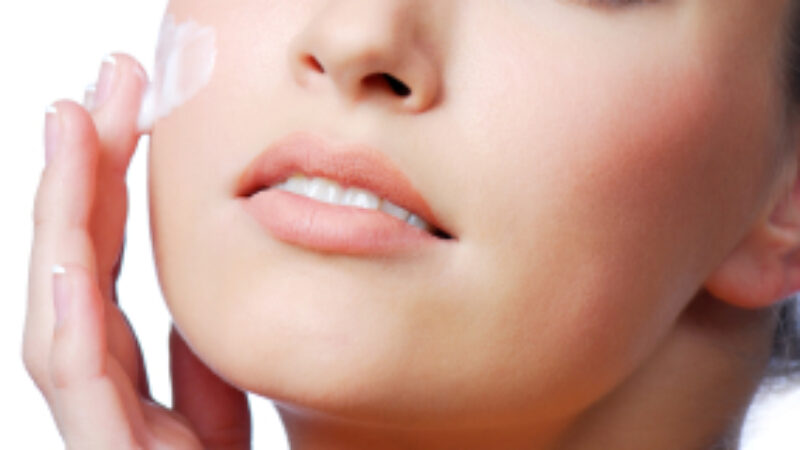You may have been prescribed a topical Vitamin A derivative, often referred to as a ‘retinoid’, when you were a teenager to fight acne.
Though Retin A (tretinoin, a retinoid) was approved originally in the 1970s as a topical treatment for acne, dermatologists reported that their middle aged patients who were using Retin A to treat acne, were reporting that the treatment was also helping to keep their skin unlined. Further research proved that these women weren’t imagining things, that Retin A did in fact work to reduce wrinkles.
Tretinoin (Retin A) has since been joined by tazarotene (Avage, Tazorac) and adapalene (Differin). All are prescription only products, but an over the counter retinoid may be found as retinol, available in products such as Green Cream.
So What Are the Benefits of Vitamin A Derivatives?
In studies, retinoids such as retinol, have been shown to improve wrinkles, reduce skin roughness and decrease overall aging severity. They’ve also been shown to even skin tone, increase blood flow, unclog pores and are thought to possibly help prevent some types of skin cancer.
Retinoids are best used at night after cleansing. If not found in a moisturizing base, then it’s often recommended that a moisturizer be applied prior to the retinoid, as they can be quite harsh on the skin. Peeling, flaking and redness are quite common during the first few weeks but this generally dissipates with time. Retinoids should be applied very thinly – a little goes a long way. Because they make skin more sensitive to the sun, a broad-spectrum sunscreen such as Anthelios should be used daily.
Alpha hydroxy acids and benzoyl peroxide should not be used in conjunction with retinoids as they can not only deactivate the action of the retinoid, but can potentially be a highly irritating combination. Vigorous exfoliation in conjunction with a retinoid is also a no-no.
Retinoids begin to lose their potency one year after opening so it’s best to toss out your open container and replace with a new one.




I would love to use a retinol product for the fine lines around my eye/cheek area, but whenever I do, it seems that the wrinkles come out much more, and then I stop using the product! Is it because the retinol dries the skin and the wrinkles appear more defined?
I switched to La Roche-Posay redermic and it seems to be having an effect.
Thanks for the information!
Retinol (as with all retinoids) does cause flaking and redness, especially with initial use. Retinoids can be very drying and you may find that you need to apply moisturizer more often (as often as is necessary even if that means 4 or 5 times a day). The key is to go slow, apply a moisturizer first (moisturizers will plump up the skin and help to diminish appearance of wrinkles) and apply a very thin layer.
Though these effects dissipate with use, they will not disappear entirely and can be of particular issue especially in those individuals with sensitive skin.
Redermic is a great product as the Vitamin C will help to boost collagen product and even skin tone. The madecassoside will further boost collagen production. If you can’t tolerate (or don’t like retinoids) then you may wish to consider other exfoliating agents such as glycolic acid as found in the Neostrata and Reversa lines at PharmacyMix.